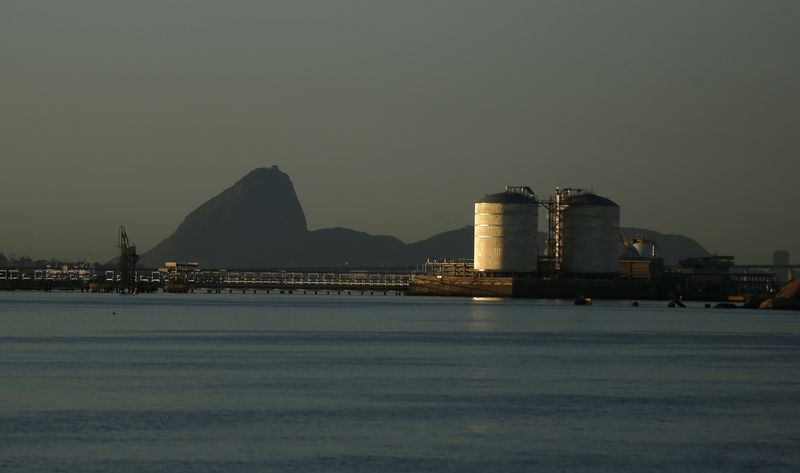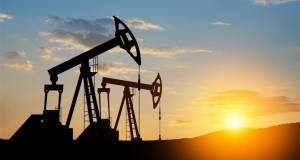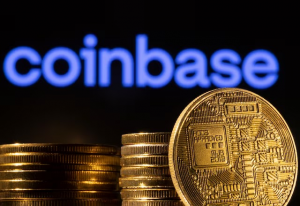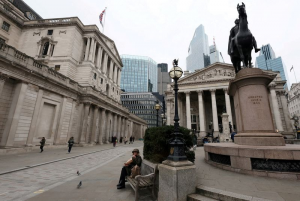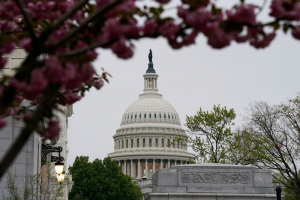European gas prices have seen a significant decline of approximately 20% since the end of the heating season. This decrease is attributed to a combination of softer demand and broader economic headwinds.
Currently, prices are stabilizing in the mid-€30s per megawatt-hour, amidst varying factors such as ongoing trade tensions, the evolution of EU storage mandates, and the flow of Russian gas.
As of May 10, 2025, the European Union’s gas storage utilization rate was at 43%, which is notably lower than the previous year’s 64% and also below the five-year average of 50%. This is despite a recent acceleration in the rate of gas being injected into storage.
The European Parliament has supported a proposal by the Commission to continue the EU gas storage target through 2027. The mandatory storage target has been revised downward from 90% to 83%, which should be achieved between October 1 and December 1. A deviation of up to 4% may be permitted in cases of market stress. However, the total storage across member states must not drop below 75%, even after considering flexibilities and exceptions.
Negotiations with EU member states are in progress, with an expected agreement by July. At the current rate of injection, storage is projected to reach 90% by early October. If injections return to the five-year average, storage levels are estimated to be about 86% full before winter, aligning with projections from UBS.
UBS Evidence Lab data indicates that EU gas demand in April decreased by 11% year-over-year and was 27% below the pre-crisis five-year average from 2017 to 2021. This decline in demand has contributed positively to the storage injection trajectory as the summer approaches. Gas-for-power demand fell by 26% year-over-year due to a reduction in power demand and strong renewable energy output. Meanwhile, industrial consumption in core EU markets remained weak, showing a 6% year-over-year decline.
3rd party Ad. Not an offer or recommendation by Investing.com. See disclosure here or remove ads. Piped gas supplies to the EU also diminished in April, with a 13% year-over-year reduction. This was largely due to a significant 53% decrease in Russian piped gas, which also saw a 24% drop compared to the first quarter of 2025. Supply from other pipelines decreased as well, with Norwegian exports falling by 2% year-over-year due to maintenance and outages.
The future of Russian gas imports into the EU is fraught with uncertainty, especially with the lack of progress in peace negotiations. Despite the EU’s intention to phase out Russian gas imports by 2027, some member states have expressed opposition.
In contrast, EU LNG imports rose by 14% year-over-year in April, compensating for the reduction in piped gas supply. This increase in LNG imports, coupled with the decreased demand, has facilitated a constructive pace of storage injections. The steady flow of LNG into the EU was supported by a decline in demand from Asia, with Chinese imports dropping by 26% and imports from South Korea and Japan remaining relatively unchanged year-over-year. The reduced demand in Asia has led to a more balanced global supply despite some disruptions at export terminals.

